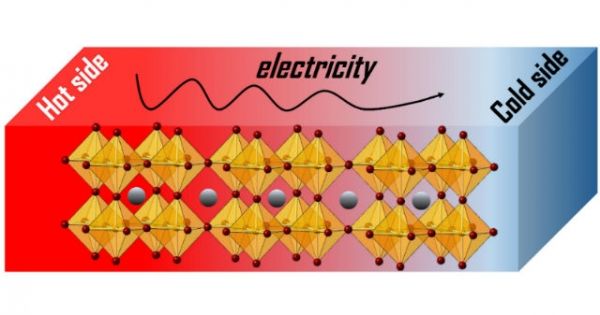Materials known as halide perovskites have been proposed as affordable alternatives to existing thermoelectric materials, however so far research into their suitability for thermoelectric applications has been limited.
In this study, published in Nature Communications, scientists conducted a series of experiments on thin films of the halide perovskite, caesium tin iodide, to test its ability to create electrical current from heat. The researchers found they were able to improve the materials’ thermoelectric properties through a combination of methods, which involved partial oxidation and the introduction of additional elements into the material.
Improving thermoelectric performance
Dr Oliver Fenwick, lead Royal Society University Research Fellow and Lecturer in Materials Science at Queen Mary University of London, said: “For many years halide perovskites have been suggested as promising thermoelectric materials, but whilst simulations have suggested good thermoelectric properties real experimental data hasn’t met these expectations.
Read more at Queen Mary University of London
Image: Diagram showing how thermoelectric materials use differences in temperature to generate electricity. CREDIT: Queen Mary University of London


